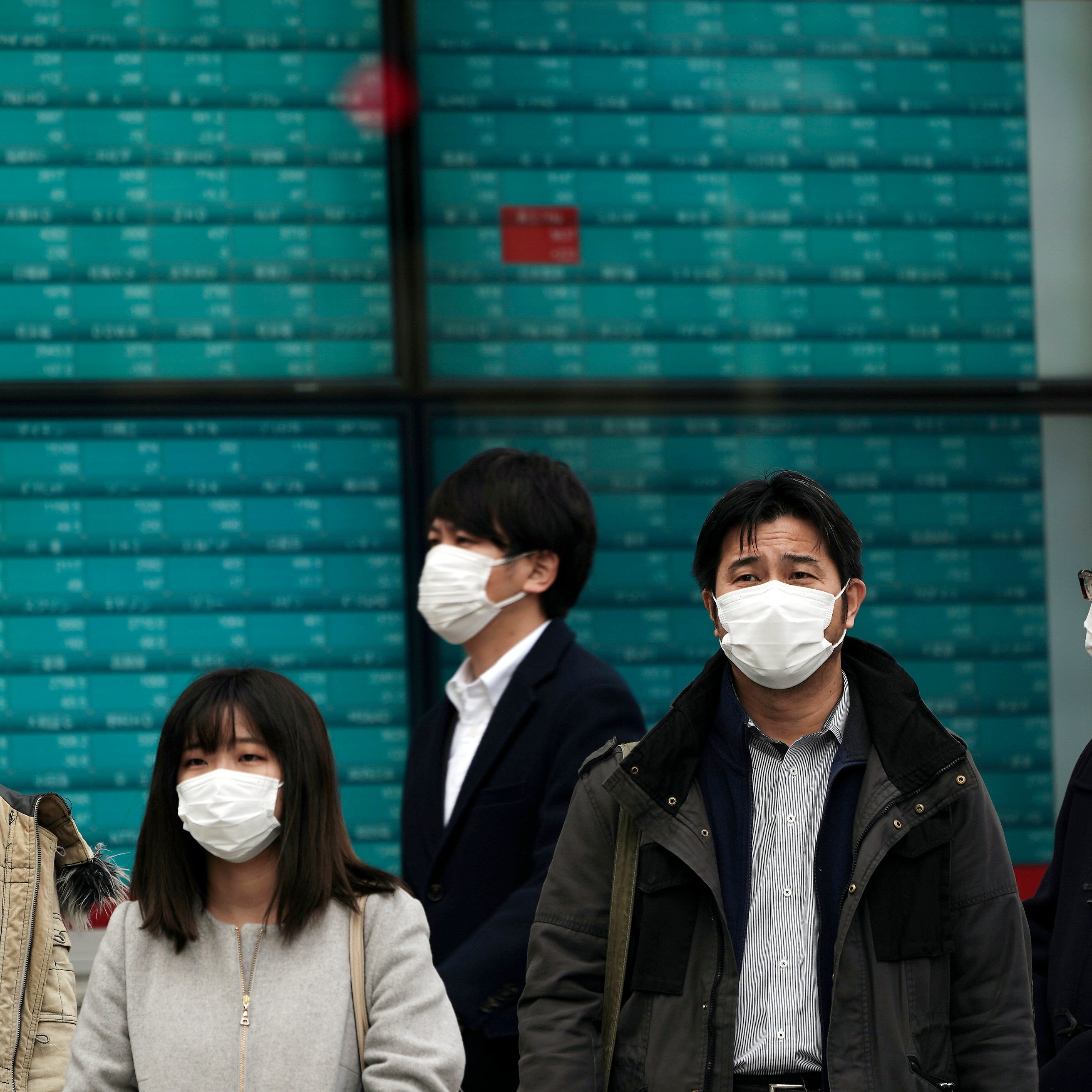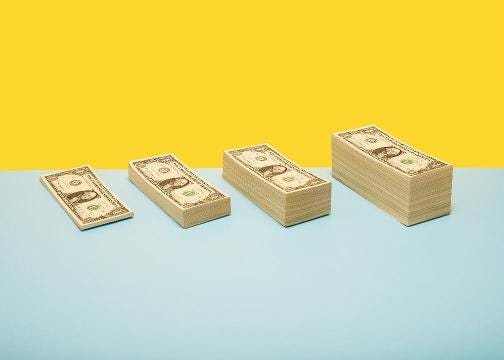Global wealth soars to $317 trillion in 2018; U.S. share of it is largest at $98 trillion
According to an annual World Wealth Report.
TIME
Global wealth reached $317 trillion this year, a figure that is 18 times the size of the U.S. gross domestic product. The number rose 4.6% from last year. The nation with the most wealth is the U.S. at $98 trillion. The report went on to say that the 4.6% increase in global wealth was more […]
NISERIN / GETTY IMAGES
Global wealth reached $317 trillion this year, a figure that is 18 times the size of the U.S. gross domestic product. The number rose 4.6 percent from last year. The nation with the most wealth is the U.S. at $98 trillion.
The report went on to say that the 4.6 percent increase in global wealth was more than enough to outpace world population growth, so that wealth per adult grew by 3.2 percent. That means global mean wealth rose to $63,000 per adult, which is a record.
The data come from the Global Wealth Report, which is published by the Credit Suisse Research Institute. The 2018 version is the ninth that the Institute has published. Wealth, as described by the report, is a combination of household financial assets like stocks, and non-financial assets that include real estate and individual belongings. The calculations cover a year that ends mid-2018.
The report noted a significant feature of wealth outlook was "the seemingly relentless rise in household wealth in the United States. Total wealth and wealth per adult in the United States have grown every year since 2008, even when total global wealth suffered a reversal in 2014 and 2015."
China has become the world's second-largest economy by GDP and has moved into second position based on total household wealth, replacing Japan. "The main outcome of the new wealth valuations is confirmation of what many observers already suspected, that China is now clearly established in second place in the world wealth hierarchy," the report said.
If you make less than $100,000, you might not think you are rich, but in some cities, you technically are considered wealthy. Keri Lumm reports.
BUZZ60
Women's share of wealth in absolute terms and relative to men's wealth has also has risen in the 21st century, according to the report. The report said 40 percent of global wealth is held by women.
The Credit Suisse report had good news on wealth inequality. The report said there was evidence that suggests the wealth growth pattern has recently shifted back toward the pre-financial crisis pattern. "Wealth inequality has not yet fallen significantly, but has stabilized according to most indicators," said the report. "As a result, future prospects for inclusive wealth growth look more promising than they have been for the past couple of years."
Looking ahead, the Credit Suisse report said global wealth is projected to climb by about 26 percent over the next five years to $399 trillion. Emerging markets will account for about one-third of the growth, an increase in share from 21 percent of current wealth. The report forecasts the number of millionaires will surge to 55 million.
24/7 Wall Street is a USA TODAY content partner offering financial news and commentary. Its content is produced independently of USA TODAY.
These are the top factors that will impact how wealthy you become. Buzz60's Natasha Abellard has the story.
BUZZ60


![Global wealth reached $317 trillion this year, a figure that is 18 times the size of the U.S. gross domestic product. The number rose 4.6% from last year. The nation with the most wealth is the U.S. at $98 trillion. The report went on to say that the 4.6% increase in global wealth was more […]](https://www.gannett-cdn.com/-mm-/ac688eec997d2fce10372bf71657297ff863814d/c=171-0-1195-768/local/-/media/2018/10/18/USATODAY/usatsports/247WallSt.com-247WS-499504-wealthy-city.jpg?quality=50&width=640)


